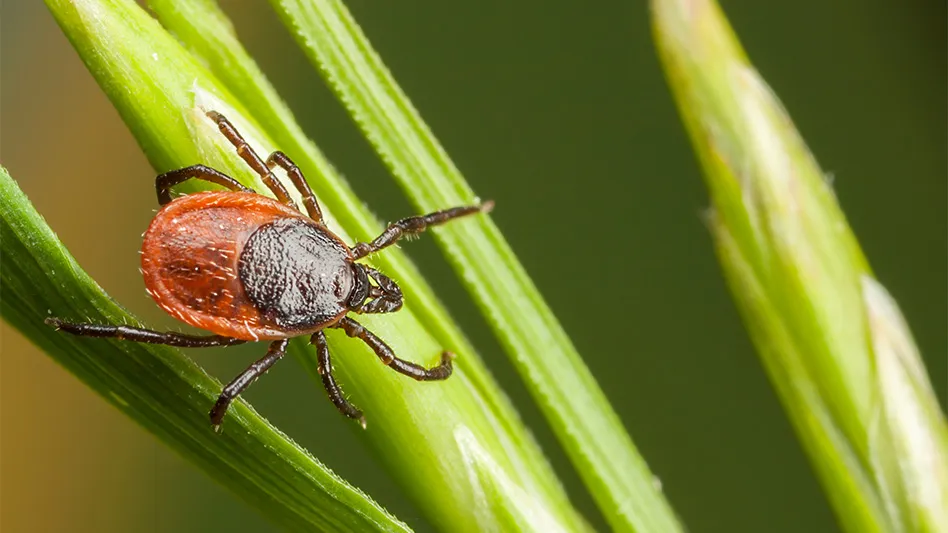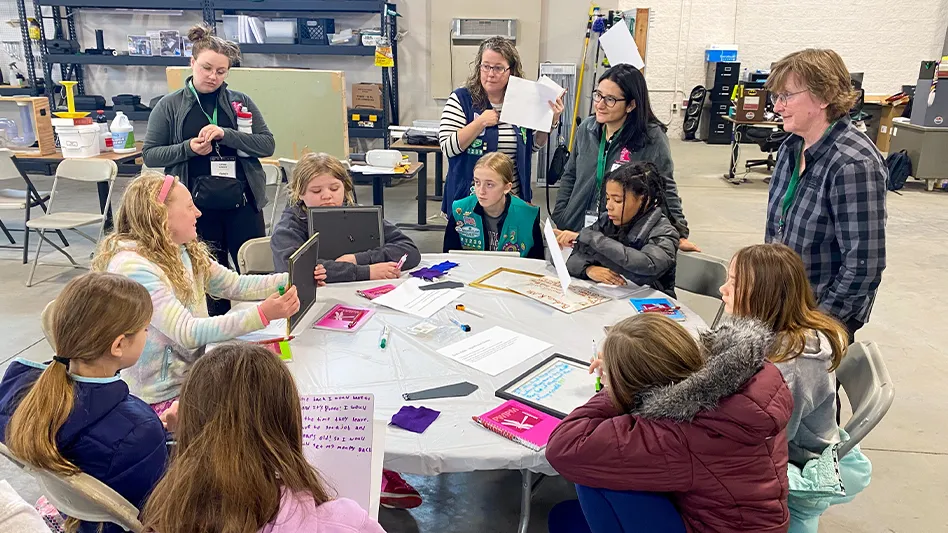|
|
Rats are capable swimmers and climbers, and thus it is not uncommon to hear of reports of the occasional sewer rat finding its way into a specific residential toilet (this occurs in thousands of communities around the world). This happens in those systems where line breaks or sewer systems may be in disrepair. A rat that has emerged into a toilet bowl can be a frightening, even traumatic experience for a homeowner, especially those who may be rodentophobic.
Consider the conflict in interest when an undressed (i.e., exposed and vulnerable) person attempts to sit down on a toilet containing a large rat attempting to come up and out of the same toilet. Many stories exist of these events coast to coast. While they may be humorous to retell, they are not at all funny to the person who had the experience.
Dealing with a toilet bowl rat is not difficult at all, although these rats have been subject to bizarre, even unbelievable, attempts by grossed-out, panicked homeowners attempting to kill the “attacking rat as big as an alley cat.” This includes being shot at, electrocuted, stabbed (with a wide range of implements), bludgeoned, choked and other events too bizarre to believe.
Of course, closing the lid and flushing the toilet is not likely to have any impact whatsoever; although this is often exactly what a frightened homeowner does first. One homeowner admitted pouring D-Con into the toilet bowl with the rat, thinking the rat would succumb to the rat poison. Others report pouring a cup of bleach in the toilet, closing the lid, and removing a dead rat ten minutes later (bleach will kill a rat).
Pest management professionals can remove toilet rats via the simple use of a wild animal loop snare, placing the rat in a pillow case-type sack and dealing with the rat outside of the account. Some people tape rat snap traps to short sticks and insert the trap into the toilet bowl. However, positioning the trap just right is quite critical to the success of this method. If a rat is first captured by the foot, the nose or some other body part, the resulting noise and pandemonium can be substantial.
Certainly, glueboards are not appropriate tools for this event, but a surprising number of pest control technicians have tried these devices for toilet bowl rats. As a novice pest management professional in New York City encountering a live toilet rat for the first time, this author admits to first flushing the toilet and then eventually pinning down and crushing a toilet rat with the wand of a one-gallon compressed air sprayer. It was neither a pretty scene or a “professional event,” that’s for sure.
If rats seem to be chronic in one particular sewage line (e.g., the same house, the same street in a development, one particular apartment complex, etc.), this indicates a) a rat colony existing in that particular sewer system and/or, b) a break in some part of the sewer line that is allowing the rats to periodically gain access to the toilets of connected residences. For these cases, the affected residents should contact their local boards of health (or whatever appropriate municipal department is assigned to the city’s rat control programs) and request remedial action. Except for a direct service charge for killing and removing toilet bowl rats, correcting this problem is not part of a typical residential pest management service.
Editor’s note: This story was excerpted from Bobby Corrigan’s book, Rodent Control: A Practical Guide for Pest Management Professionals. Call PCT at 800/456-0707 to order or visit www.pctonline.com/store.

Explore the August 2002 Issue
Check out more from this issue and find you next story to read.
Latest from Pest Control Technology
- Viking Pest Control Organizes a Charity Bike Build for Local Families
- Gaining Control of Structure-Infesting Carpenter Ants
- Big Blue Bug’s Brian Goldman Receives Rhode Island Small Business Person of the Year Award
- UF Researchers Examine How Much Bait it Takes to Eliminate a Subterranean Termite Colony
- Women in Pest Control Group Continues to Grow, Provide Opportunities in the Industry
- NPMA Announces Results of 2024-2025 Board of Directors Election
- Massey Services Acquires Orange Environmental Services
- Hawx Pest Control Wins Bronze Stevie Award for Sustainability






